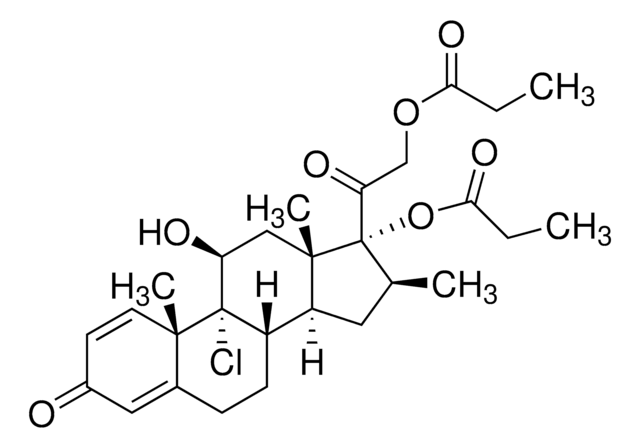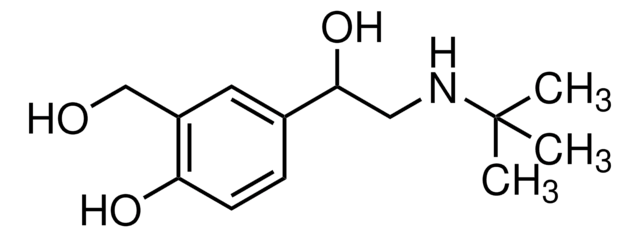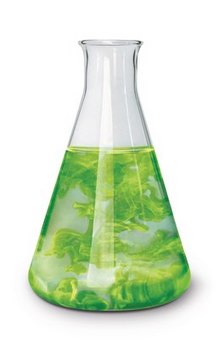16024AST
Astec® CHIROBIOTIC® T2 Chiral (5 μm) HPLC Columns
L × I.D. 25 cm × 4.6 mm, HPLC Column
Synonym(s):
T2 Chiral Stationary Phase Column
About This Item
Recommended Products
Product Name
Astec® CHIROBIOTIC® T2 Chiral HPLC Column, 5 μm particle size, L × I.D. 25 cm × 4.6 mm
material
stainless steel column
Quality Level
agency
suitable for USP L63
description
HPLC column
product line
Astec®
packaging
pkg of 1 ea
manufacturer/tradename
Astec®
parameter
0-45 °C temperature
241 bar pressure (3500 psi)
technique(s)
HPLC: suitable
LC/MS: suitable
Looking for similar products? Visit Product Comparison Guide
Related Categories
1 of 4
This Item | 1.93103 | 1.06733 | 1.04764 |
|---|---|---|---|
| particle size 2-5 mm, coeff var ≥95% | particle size - | particle size 1-2.5 mm | particle size - |
| Quality Level 200 | Quality Level - | Quality Level 200 | Quality Level 200 |
| bulk density 75 g/100 mL | bulk density - | bulk density 750 kg/m3 | bulk density - |
| loss 13.0 - 18.0% loss on drying, (105°C) | loss - | loss - | loss - |
| color , Passes test | color - | color - | color - |
| capacity ≥25 % absorption capacity (CO2)((method NF XVII)) | capacity - | capacity - | capacity - |
General description
- Bonded phase: Teicoplanin
- Operating pH range: 3.8 - 6.8
- Particle diameter: 5, 10 or 16 μm
- Pore size: 100 Å (CHIROBIOTIC® T) or 200 Å (CHIROBIOTIC® T2)
Application
- High-performance liquid chromatographic enantioseparation of 2-aminomono- and dihydroxycyclopentanecarboxylic and 2-aminodihydroxycyclohexanecarboxylic acids on macrocyclic glycopeptide-based phases.: This research employs the Astec® CHIROBIOTIC T2 Chiral HPLC Column for the enantioseparation of various amino acids. The study highlights the column′s effectiveness in separating complex chiral molecules, demonstrating its application in the analysis of amino acids and related compounds in chemical and pharmaceutical research (Berkecz et al., 2009).
Legal Information
Storage Class
13 - Non Combustible Solids
wgk_germany
WGK 3
flash_point_f
Not applicable
flash_point_c
Not applicable
Choose from one of the most recent versions:
Already Own This Product?
Find documentation for the products that you have recently purchased in the Document Library.
Our team of scientists has experience in all areas of research including Life Science, Material Science, Chemical Synthesis, Chromatography, Analytical and many others.
Contact Technical Service







